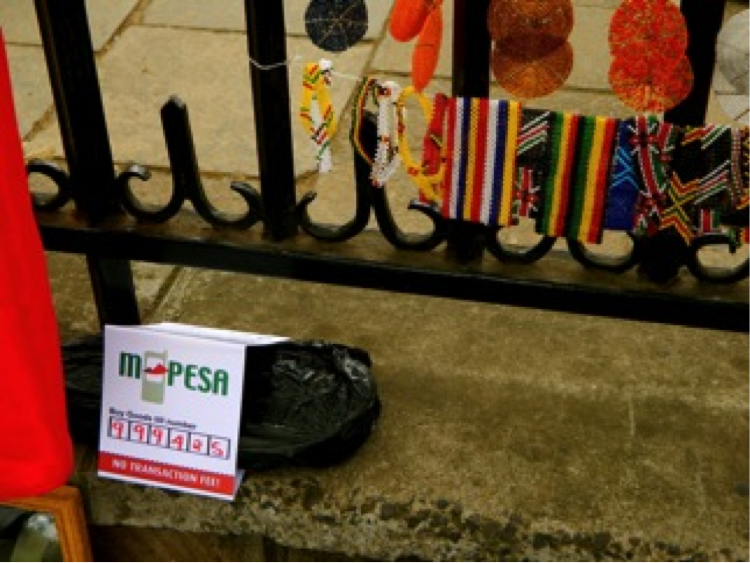Kopo Kopo: Six revolutionary digits for Kiva Zip borrowers
May 21, 2013

For the past few months Kiva Zip has been constantly innovating and experimenting using mobile technology. One experiment that deserves to be highlighted is that of our pilot with a service called Kopo Kopo. Kopo Kopo is a world-class platform which enables small and medium businesses to accept mobile payments and build relationships with their customers. They receive a six-digit till number that allows customers to pay using mobile money.
The benefits to our borrowers have been huge. Because of Kopo Kopo, entrepreneurs can deal less in cash thus reducing their risk for theft, which is often rampant in Nairobi. They can also offer their customers an easier and more secure way to pay. Paying with a credit card is not common in Kenya; it is primarily a cash-based society. However, nearly every person owns a cell phone with mobile money capability. Transferring money from a personal mobile money account to another can be expensive as both parties are charged fees. With Kopo Kopo, the transaction is completely free to the customer and the entrepreneur is charged a minimal transaction fee of 1.5%.
When we introduced Kopo Kopo to our borrowers, there was excitement immediately. While all of these benefits excited our borrowers, the thing they were most thrilled about was the fact that Kopo Kopo gave them a professional image. When customers send a payment through Kopo Kopo, they receive a message in response with the name of the business. Additionally, our borrowers received signage with a unique till number and the name of their business. For entrepreneurs that previously lacked any form of branding, they now have unique signage and a tool they can grow with.
A handful of our more sophisticated borrowers have been introduced to the Kopo Kopo service. Here are some of their stories:

Vincent is a traveling sales-man; he goes door to door selling his herbal remedies out of his over-stuffed book bag. Before Kopo Kopo, customers often rejected him due to the fact that many people in his target market would not carry enough cash to buy his products. Now, he can offer customers a trusted way to pay in any location.

Pamela runs a small non-profit organization, which assists widows and at-risk women in her community. The main component of the organization is a small craft shop in the Kibera slum of Nairobi. Pamela’s area can be very prone to theft. With Kopo Kopo, Pamela can deal less in cash and reduce her exposure to fraud through Kopo Kopo’s secure messaging technology.

David is a vendor at a weekly street market in Nairobi. He sells crafts and beads with sometimes 30 or 40 other vendors selling similar products in close proximity. It is hard to differentiate one’s products in such an environment but Kopo Kopo has enabled him to do just that. He is perhaps the only vendor in Masai Market (the street market) that can accept payments through mobile money in a way that is completely free to the customer.
While Kopo Kopo has had a huge impact on the businesses of our more sophisticated borrowers, many have a long way to go before they qualify for use of the service. Most of the time, Kiva Zip borrowers are highly marginalized, low-income and lack technological literacy. Business is a means of survival and many are not yet interested in the branding and formalization that Kopo Kopo offers.
After nearly four months as a fellow in Kenya, however, I have seen remarkable changes in the businesses of many of our borrowers. They are taking out second and sometimes third loans through Kiva Zip; the impact is undeniable. With each loan, our borrowers formalize a bit more; their income increases by a small but significant amount. With the help of Kiva Zip, borrowers come a bit closer with each loan to gain the ability to use tools like Kopo Kopo.
PREVIOUS ARTICLE
Meet Sandra, Zambia's Most Successful Kiva Borrower & Mobile Transactions Agent →NEXT ARTICLE
Empowering Women Entrepreneurs: A Kiva Success Story →













